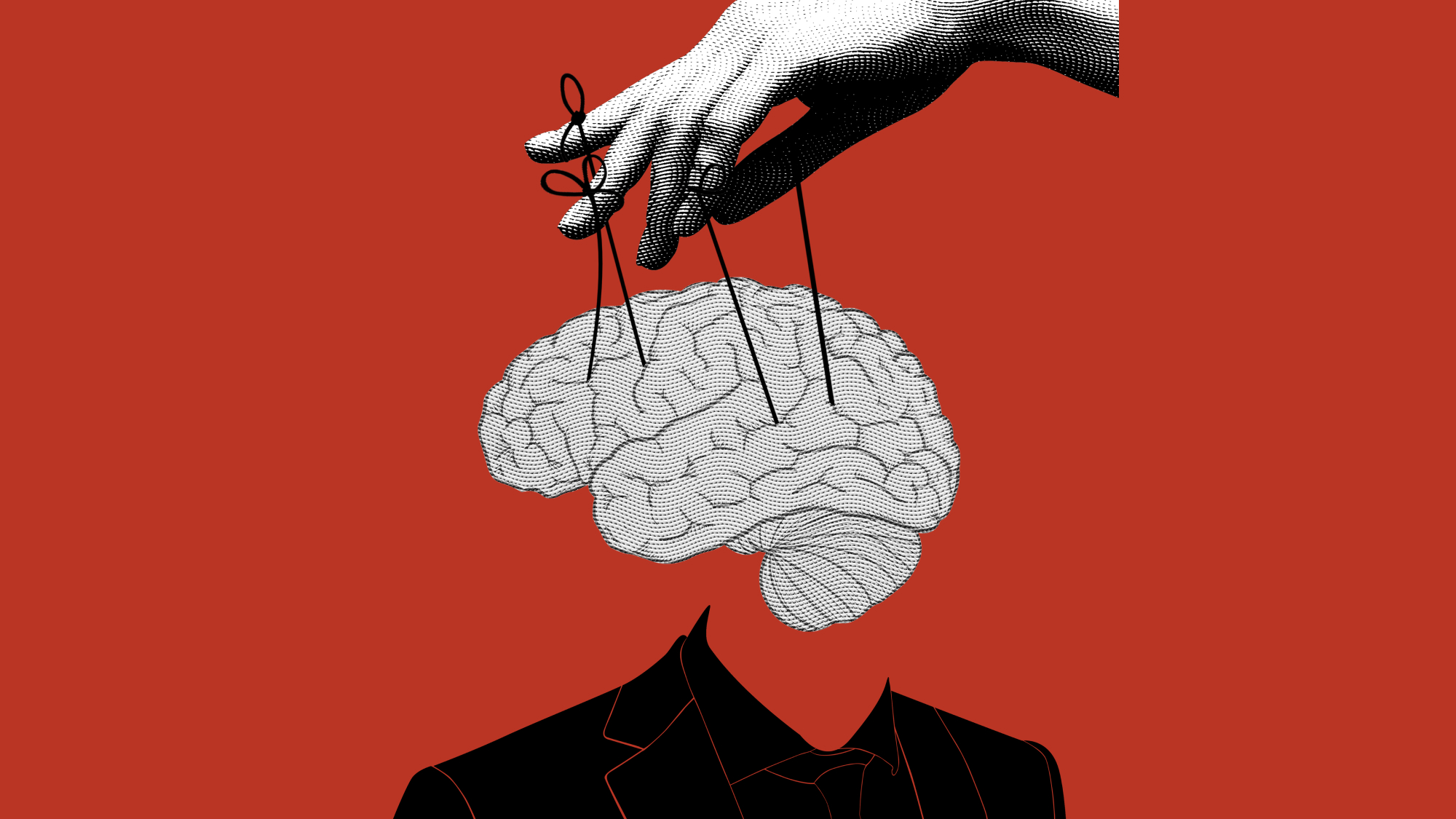
It doesn’t take a genius to know that we humans are irrational.
We act on our emotions a lot of the time, whether we are consciously aware of it or not. There are lots of strings at play in our brain that makes us emotional, but as we discuss in another video, a lot of it is primitive in nature — biologically programmed within us.
Discovering the predictability of our rationality
There have been countless research from the works of Amos Tversky and Daniel Kahneman — two pioneers in the world of decision-making and behavioral economics — that point out the irrationality in our behaviors. There are in fact hundreds of different heuristics and cognitive biases at play that skew our judgment and decisions on a daily basis. So with that being the case, how can we be rational?
Yet, all hope is not lost, however. According to popular author and professor of psychology and behavioral economics, Dan Ariely in his book Predictably Irrational, many of these irrational behaviors can be observed, predicted, and tweaked if we become aware.
And that’s what it really takes.
Just the right amount of self-awareness and understanding of our mind to get a grasp on the decisions we make that affect the lives we create.
How to be more rational in our thinking
Besides attempting to understand and learn the different cognitive biases that are at play in our brains, we need to step outside of our mental comfort zones to train ourselves to be more rational.
1. Play devil’s advocate: question yourself
One way we tend to be irrational is when what seems logical goes against the very beliefs we have.
This isn’t pure stubbornness on our part.
In fact, countless studies have shown that whenever there is new information that is conflicting with our existing beliefs, our brain will do whatever it can to maintain the beliefs. More specifically, it is the right lateral prefrontal cortex (rlPFC) that will step in a majority of the time to reduce this mental conflict, often leading to the belief-bias effect.
For this reason, since we may not be rational at that moment and our brain is aggressively fighting to resist logic (if it goes against our beliefs), it’s worth taking the effort to actively question ourselves and play devil’s advocate.
The more you challenge your beliefs, the greater possibility you can see the gaps and holes in your logic. For example, in one study where a group of managers was asked to determine their confidence in determining whether one company’s liabilities were greater than a given cost ($1.9 billion USD), they found that the average confidence level was at 72%, despite 54% being correct in their evaluation.
From there, another group of managers was asked to do the same thing, yet this time, challenge their initial belief and make a second guess. They found that while the average confidence level remained the same, the number of people who were correct rose to 62%. What this means is that the level of overconfidence had dropped, meaning that challenging our beliefs can help us to step outside ourselves and avoid biases such as the overconfidence effect.
This idea of stepping outside of ourselves is further supported in a study that found that people were able to make more accurate estimates of the length of time it would take to complete a given task (eg: painting a room) if they saw themselves doing the task from the outside looking in (from a third-party perspective). This helps to see things more clearly and is great at approaching things more rationally.
2. Wisdom of the inner crowds
Extending off the earlier idea of looking at things as an onlooker instead of the doer, it’s worth taking into the average accounts of individuals who in fact, are not you.
This is where using the wisdom of the inner crowds principle comes into play.
This principle refers to the idea that a more accurate estimate can be made when combining the general average of judgments of different people. In other words, don’t simply rely on yourself.
As Jack Soll, a management professor at Duke University once noted,
“People don’t use everything they know every time they make a decision or form a judgment.”
While sometimes this could be for good reason, as we don’t have the time to call and ask multiple people for every single decision, every time. But, there are ways we can leverage this principle even when we are by ourselves or are short on time.
If we aren’t in a situation where we can survey multiple judgments from different people, we can frame our own judgments in three distinct directions: most likely estimate, worst-case, and best-case.
This is as if you were getting the average of three different opinions, and can help to de-bias some of the overconfidence you may have had at the very start of a given decision/judgment.
3. It’s all about framing
What the two points above clearly indicate is the way we choose to see things sways what we believe and decide on.
As such, how we frame something can push and pull us in completely opposite directions in our decisions.
“People don’t make decisions about outcomes; they make decisions about descriptions of outcomes.”
— Spencer Greenberg, applied mathematician on rationality
Plenty of studies have shown that depending on how a question is phrased, or what general state we are in, plenty of incidental variables can sway our judgments (thus influencing our rationality).
Many brands are great at using the framing effect to get us to buy.
It’s the same with how we choose to frame scenarios to make a decision.
For example, let’s say you’ve been suddenly let go from your current job. A lot of us may let our emotions get the best of us and get frustrated at the fact that we’ve wasted our time with the company, dedicating years to them for no real pay-off. Instead of letting our emotions take over, we can instead try to frame things in the opposite light and think to ourselves that instead of this being a ‘waste,’ we are now in fact ‘freed up’ to work on projects we’ve been putting off due to the lack of time.
The purpose of our irrationality
In the end, being irrational does have its downsides and it would benefit all of us if we learned how to be a bit more rational when needed, but it’s not to say that irrationality does not serve a purpose.
According to evolutionary biologist Robert Trivers, the act of self-deception (our brain being irrational, despite the logical reasoning in front of us) may have evolved as a means to deceive others — and in turn, get what we want.
Although unpleasant it may be, irrationality does come with a cost. While it may frequently cause us to make the wrong decisions and/or purchase things we don’t really need, it can be argued that irrationality is rooted in convincing ourselves to hopefully be able to convince others.
“It’s important to realize that we don’t always want to be more rational. Think about something like emotions. Yes, there’s some emotions we don’t want, but there are other emotions — like love and compassion and caring about other people — that we certainly don’t want to eliminate“
— Dan Ariely
Like anything in life, it’s all about obtaining that healthy balance. The tips above aren’t meant to shape us into a completely rational beings with little room for emotionality. Instead, it’s meant for us to be more aware of how we can learn to be more rational when needed, and make the most of our understanding of the brain to improve decision-making.










